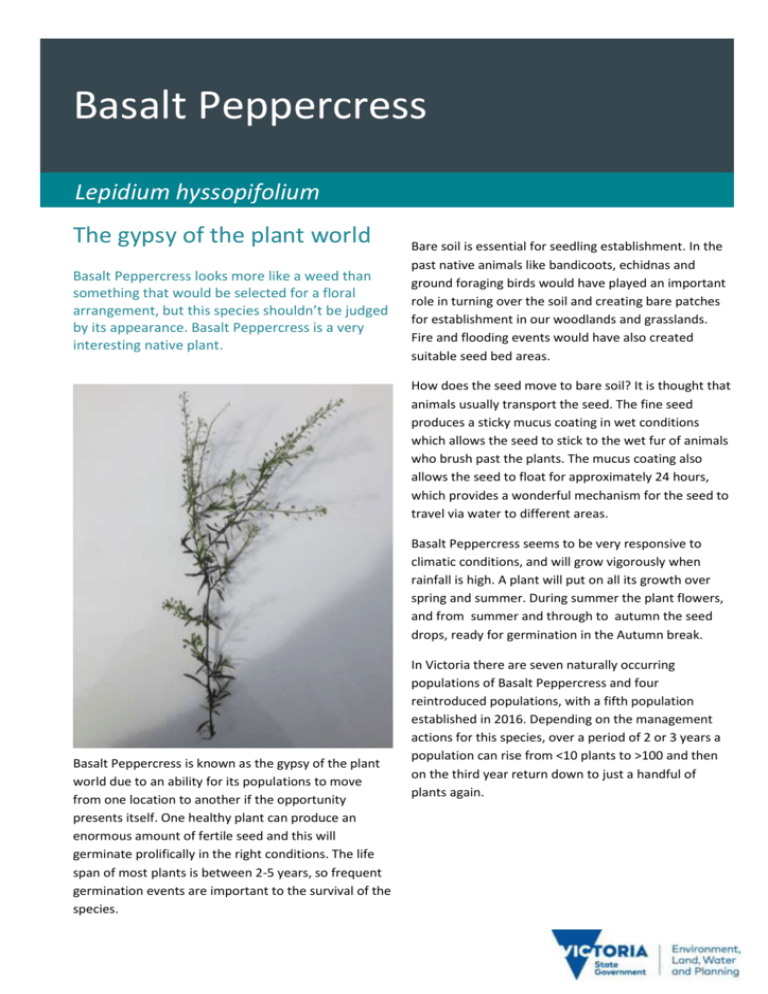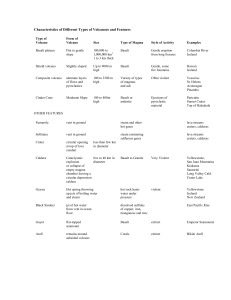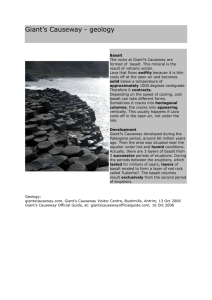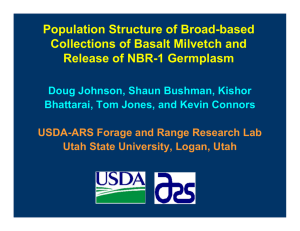Lepidium hyssopifolium Fact Sheet (accessible version)
advertisement

Basalt Peppercress Lepidium hyssopifolium The gypsy of the plant world Basalt Peppercress looks more like a weed than something that would be selected for a floral arrangement, but this species shouldn’t be judged by its appearance. Basalt Peppercress is a very interesting native plant. Bare soil is essential for seedling establishment. In the past native animals like bandicoots, echidnas and ground foraging birds would have played an important role in turning over the soil and creating bare patches for establishment in our woodlands and grasslands. Fire and flooding events would have also created suitable seed bed areas. How does the seed move to bare soil? It is thought that animals usually transport the seed. The fine seed produces a sticky mucus coating in wet conditions which allows the seed to stick to the wet fur of animals who brush past the plants. The mucus coating also allows the seed to float for approximately 24 hours, which provides a wonderful mechanism for the seed to travel via water to different areas. Basalt Peppercress seems to be very responsive to climatic conditions, and will grow vigorously when rainfall is high. A plant will put on all its growth over spring and summer. During summer the plant flowers, and from summer and through to autumn the seed drops, ready for germination in the Autumn break. Basalt Peppercress is known as the gypsy of the plant world due to an ability for its populations to move from one location to another if the opportunity presents itself. One healthy plant can produce an enormous amount of fertile seed and this will germinate prolifically in the right conditions. The life span of most plants is between 2-5 years, so frequent germination events are important to the survival of the species. In Victoria there are seven naturally occurring populations of Basalt Peppercress and four reintroduced populations, with a fifth population established in 2016. Depending on the management actions for this species, over a period of 2 or 3 years a population can rise from <10 plants to >100 and then on the third year return down to just a handful of plants again. Basalt Peppercress Lepidium hyssopifolium Considering the large amount of seed that can be produced from a single plant, and the seed’s high viability, it may seem surprising that this species is Endangered across Australia (Victoria, Tasmania and New South Wales). Historically, this species also existed in South Australia. The Basalt Peppercress is listed as threatened under Victoria’s Flora and Fauna Guarantee Act 1988. Further information Please contact the Project Officer via the DELWP Customer Service Centre on 136 186 if you: would like more information on this species believe you have found a new population would like to be involved with the recovery efforts for this species Threats There are three main reasons why this species is threatened in Victoria: Lack of suitable disturbance events e.g. native animals. Direct competition from weed species which also establish themselves in disturbed soil e.g. Blackberry, Hemlock, exotic grasses. The plant is directly targeted by introduced herbivores such as sheep, cattle, goats and rabbits. Although these animals don’t usually kill Basalt Peppercress they eat the new shoots so plants are unable to produce seed. Basalt Peppercress: seed pods, flowers & leaves Basalt Peppercress identification Basalt Peppercress is a perennial herb which belongs to the Brassicaceae family. A plant which grows in favourable conditions will grow up to a meter tall and up to 1.5 meters wide. It will have many erect branches, creating a dense bush. There are a number of other Lepidium species which the Basalt Peppercress can be easily be mis-identified for, the introduced Lepidium africanum and the more wide spread native Lepidium pseudotasmanicum. The differences in the species are the shape of the leaves, seed pod, and the raceme (flower spike). On closer inspection with a hand lens, you will notice the difference in coverage of fine hairs between the species. The Basalt Peppercress is hairy all over. Basalt Peppercress population at Moorabool Reservoir © The State of Victoria Department of Environment, Land, Water and Planning 2016





